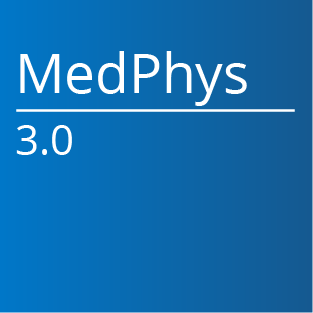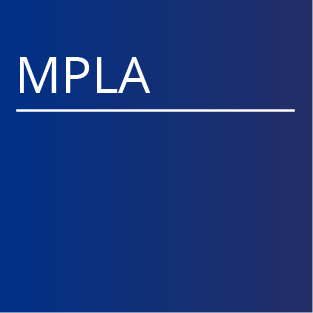AAPM has contracted with NCRP to provide each AAPM Member in good standing access and download privileges of electronically available NCRP reports, commentaries and statements. This report was prepared by the National Council on Radiation Protection and Measurements (NCRP). The Council strives to provide accurate, complete and useful information in its reports. However, neither the NCRP, the members of NCRP, other persons contributing to or assisting in the preparation of this report, nor any person acting on the behalf of any of these parties (a) makes any warranty or representation, express or implied, with respect to the accuracy, completeness or usefulness of the information contained in this report, or that the use of any information, method or process disclosed in this report may not infringe on privately owned rights; or (b) assumes any liability with respect to the use of, or for damages resulting from the use of, any information, method or process disclosed in this report.
 |
Report No. 046 - Alpha-Emitting Particles in Lungs (1975) Price: $25 PDF (AAPM Members FREE) Category: Reports The potential for release of particles of plutonium and transplutonium alpha-emitting elements from nuclear power generating facilities poses urgent questions concerning spatial distribution of dose and the resultant biological effects. These questions &re of special importance in the setting of standards for radiation exposure. The major problems, and the pertinent information bearing on them, have been summarized in several recent compendia (ICRP, 1969; NCRP, 1971; ICRP, 1972; Hodge, et al., 1973; Bair, 1974; Bair and Thompson, 1974; Bair, et al., 1974; Tamplin and Cochran, 1974). We make no attempt, here, to review the general problem, but focus our attention on the specific problem of the biological effects of alpha-emitting particles in the lung. We address the question of whether the current practice of averaging over the lung the absorbed dose from particulate alpha-emitting radionuclides is a defensible procedure in the practice of radiation protection and whether exposure limits derived on this basis are more or less conservative than those that might result from a precise consideration of the spatial distribution of dose. Scientific Committee: William J. Bair, Chairman Albrecht Kellerer J. Newell Stannard Roy C. Thompson |



















